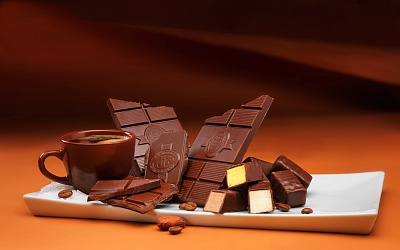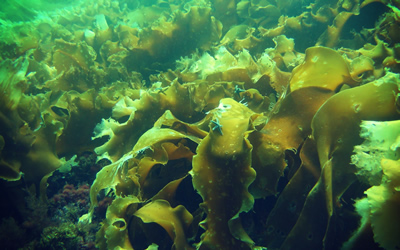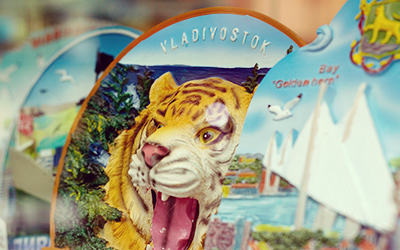CHINESE MARKETS
IT'S NOT THE BEST, BUT THAT'S OK!
In China, they like to remind you that they have their own name for Vladivostok: Hai Shen Wei, or Sea Cucumber Bay. Which is certainly interesting. The British also had their own name for Vladivostok: Port May, though it’s doubtful at that time a single English foot had ever touched this land.
And, it must be immediately clarified, so that there are no more questions: Vladivostok was never a Chinese city. More importantly, the place where Russians founded Vladivostok never even had a Chinese village.
And anyway, even though it sounds very strange, the Chinese appeared in Primorye after the Russians arrived. The Jurchens lived here until the Mongols defeated them in the 13th century, and there were ancient Korean kingdoms in the region’s South. For the Chinese, this was a foreign land, whose residents sometimes paid them tribute.

In the late 19th century, when Vladivostok began to grow by leaps and bounds, the Koreans came to trade vegetables, the Japanese as servants for officers' wives, and the Chinese to purchase ginseng, antlers, fur, and sea cucumber. But the Chinese also came to do what they love, and are doing to this day: commerce. By the end of the 1930s, all foreigners had been evicted from the city due to the impending war. And in Vladivostok, only one word remained from the Chinese: «chifanit," meaning «to eat».
Therefore, in the 1990s when Chinese products began to arrive spontaneously in Vladivostok, the citizens, spellbound, watched the rapid rise and rapid decline of the Chinese markets.

At first, our neighbors brought us soy sauce, then tofu, and then,«genuine American jeans» and leather jackets with the indelible smell of the animal who had sacrificed its skin. Shoes, clothes, watches, candy, car alarms, fishing rods, «a block of pork», Christmas decorations, lingerie, tangerines, kitchen knives, folding tables… In one little shop the range of products could reach into the hundreds. Everything was terribly designed, poor quality (especially the shoes) and cheap. The Chinese loved to chat, and cheat on product weights, but you could haggle.
Five years later, the Chinese brought building materials, tiles, bathroom fittings, plastic panels, «liquid wallpaper," spotlights… and for the first time in many years, all the apartments in Vladivostok were remodeled and refurbished. It was the hands of hardworking North Koreans that had made those Chinese materials. After another 5 years, the Chinese had ceased to smile and bargain, but still did not label their wares with price tags. Their products were better, but much more expensive, and the flow of customers sharply subsided. But now there were Chinese hairdressers, tattoo parlors, taverns and shoe repairs.

Today’s Chinese markets are nothing like before. Especially, because they increasingly sell domestic products: from rubber boots,
Chinese markets in Vladivostok: Market at Sportivnaya, "Beryezka" market at Vtoraya Rechka,
If you liked this article, share it with friends:
Come to Vladivostok!
We recommend
SHOPPING

CHOCOLATE AND "PTICHKA" (BIRDIE) WITH THE TASTE OF THE SEA
They may have stolen the name from this legendary product, but it is impossible to take away the taste! So enjoy, and take some with you!

NUTRITIONAL SUPPLIMENTS FOR HEALTH: ELIXIR FROM THE DEEP SEA
For many years Primorye scientists have been developing unique products based on the bounty from the sea and the taiga.
